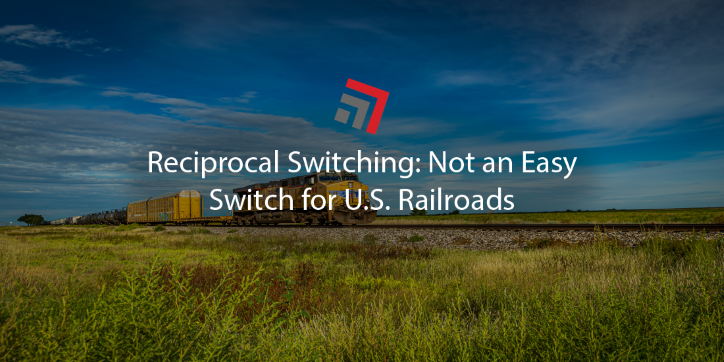Back in July, President Biden announced an executive order directing the Surface Transportation Board to examine reciprocal switching in the U.S. The point of this executive order was for the STB to consider reciprocal switching as a way to pursue competitiveness in the freight rail industry. In Canada, reciprocal switching (known as interswitching) has already existed for many years. However, it is not an easy switch for U.S. railroads to start using reciprocal switching, as one would think.
It could be feasible to incorporate reciprocal switching in the U.S. but it would vary on business case and location, according to Jim Blaze, a railroad economist, and reported by Freightwaves. The two main issues when attempting to incorporate reciprocal switching at a location that doesn’t already have that ability is the operational and economical aspects. Nimesh Modi, CEO of drayage technology company BookYourCargo told Freightwaves that the steps involved in reciprocal switching could lengthen the time it takes cargo to get from its origin to its destination, because of all the operational and safety measures that reciprocal switching entails.
However, there is optimism for reciprocal switching to work in the future if railroads are committed to building and setting up the physical and logistical infrastructure to do it. Not only do the railroads have to have the proper amount of infrastructure to handle reciprocal switching, but railroads will also have to start working together, instead of working on their own, which could pose a challenge.
There is a chance that bringing reciprocal switching in the U.S. could be successful, but it will take a team effort to make sure it can be done efficiently and properly. Reach out to our team today if you have any questions or would like to learn more!



Recent Comments